The new results of a research carried out by Ecor International are clear: using laser welding in order to join nickel super alloys, for Aerospace components, accelerates the process and, at the same time, allows to obtain joints that have a better quality than the traditional TIG welding.
This is the result of the PhD “Laser wobbling welding of dissimilar nickel super alloys for aerospace applications”. The engineer Rinaldo Rigon, Ecor International Key Account Manager, with the collaboration of Material Engineering professor and tutor Luca Lusvarghi, was the author of the research. This was the final work that allowed Rigon to achieve the PhD in Industrial and Territory Engineering at the University of Modena and Reggio Emilia.
Considering the high level of innovation of his thesis, the PhD was selected for PhDay, an event during which research activities’ results of doctoral students that attended Doctorate School “Engineering for Economics – Economics for Engineering” were presented.
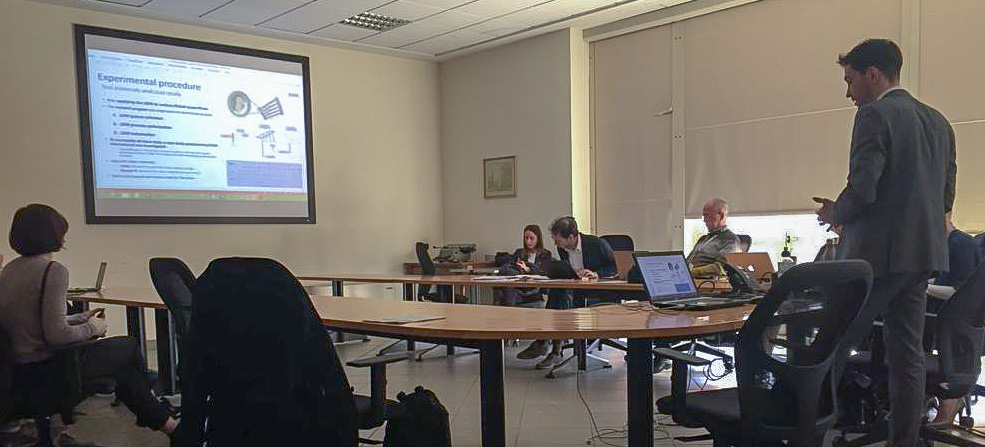
The problem
The objective of the research was to estimate if it was possible, considering aerospace’s components, to substitute the TIG process, slow and hard-working, with Laser Beam Welding, observing the stringent requirements of the sector. Laser was considered because it is characterized by higher welding speed, since it is automated, and a better quality of the joints.
However, a problem occurred when using this method: laser process caused a higher probability to fall into surface and volumetric defects because of the higher power density applied. For this reason, laser is usually used in a limited way in Aerospace sector.
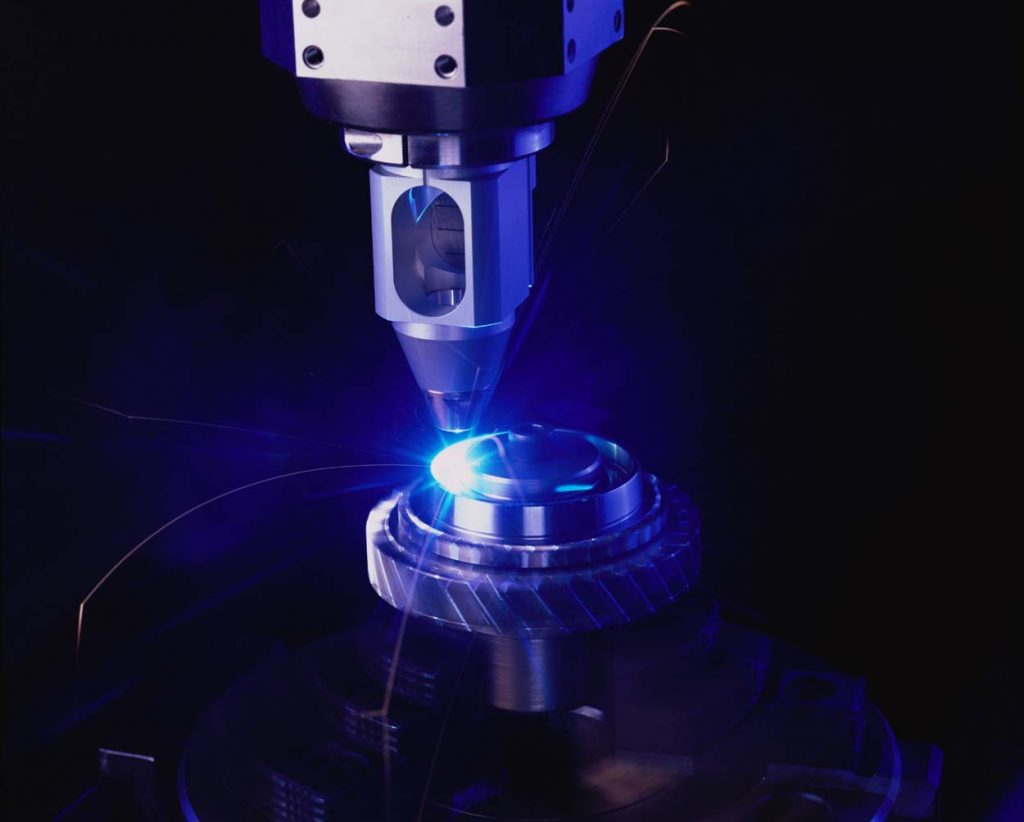
The research
In order to understand if it was possible to use laser welding, Rigon carried out a preliminary test campaign to evaluate three different plants. He could select the most potentially performing system through destructive, non-destructive tests and metallographic analysis on some samples welded with this technology.
During the second phase the process was optimized. In particular, Rigon carried out further tests on samples considering different variables of the plant, such as gas protection, welding path and power. These tests allowed to identify the input parameters that most cause defects and, as consequence, jeopardize the welding final result. Thanks to these information, the preliminary Welding Procedure Specification (pWPS) was elaborated: then, thanks to more analysis, it was approved by the customer and allowed the company to obtain the Nadcap accreditation. Samples showed a good visual appearance of the weld bead, the absence of linear defects and an appropriate weld penetration: in other words the quality was similar or better than TIG technology.
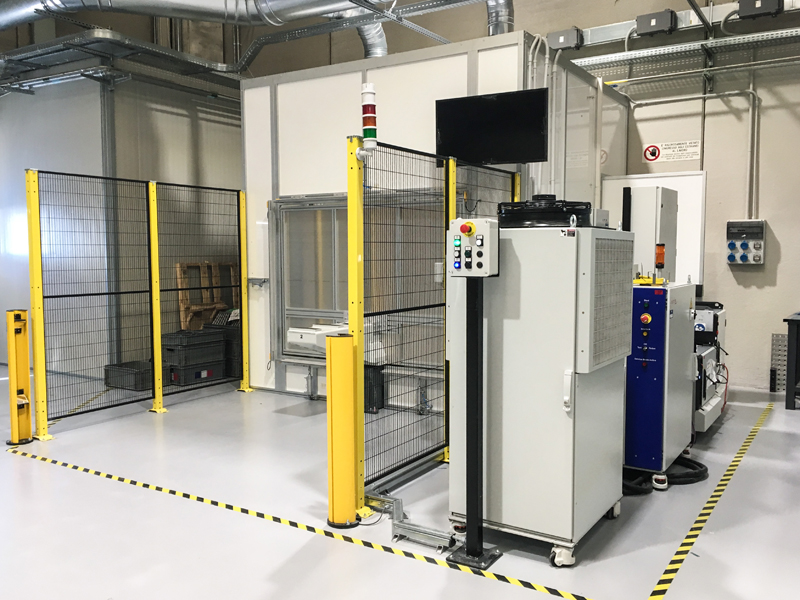
During the last phase of the research, the automation for the complete production cycle of aeronautics components used as case study was developed. The objective was to reduce the time compared to TIG process. The plant was integrated with two robots that work together in the welding operations, vision systems, position detection, pick up and automatic placement of the components. These features, integrated in the welding cell, were tested on components enhancing a reduction of 54% of the welding cycle time.
Further activities
This was a complex and innovative research that satisfied Rigon.
«Laser welding process, potentially, could be applied to other welding applications –explains the engineer-. Thanks to the capability to compensate dimensional tolerances, recognize and pick up predetermined objects, it could be attractive for other aerospace serial components. I thank my company because I had the chance to examine a complex and ambitious topic and also prof. Lusvarghi for his scientific support. I increased my knowledge and understood how to complete a research program from both an academic and industrial point of view. The most important thanks go my wife Valeria and my daughter Chiara for almost unbelievable support. Especially in the last period during the PhD thesis redaction, they waited patiently and encouraged me with their smile, day by day till the achievement of this important goal».

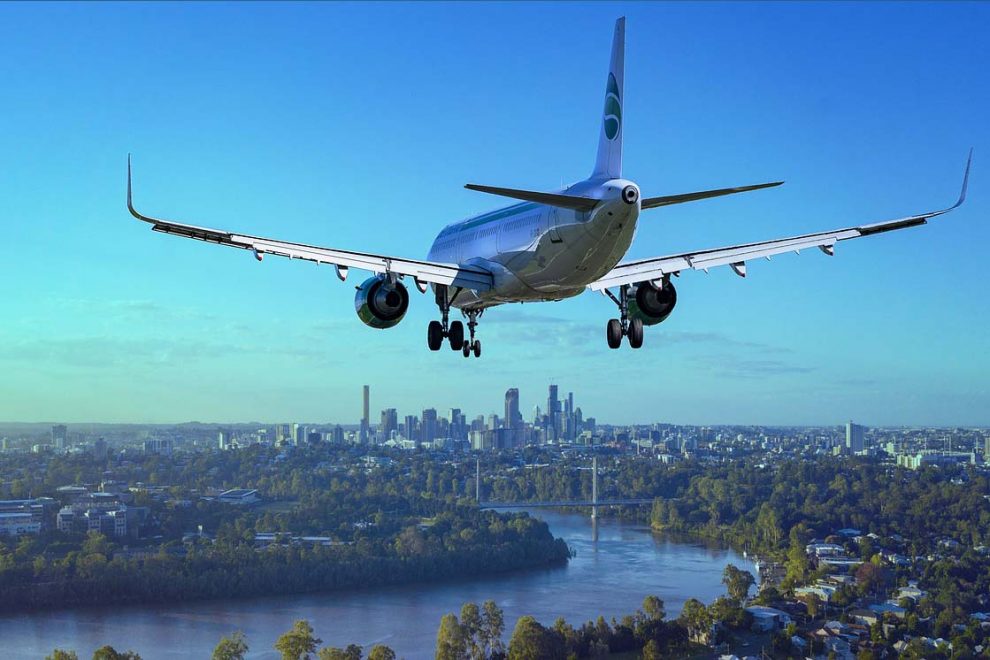
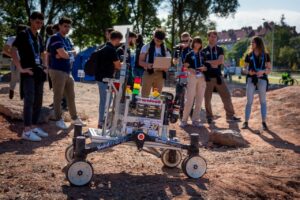
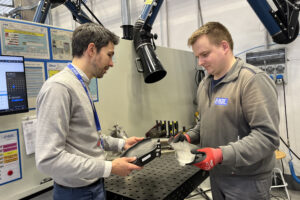
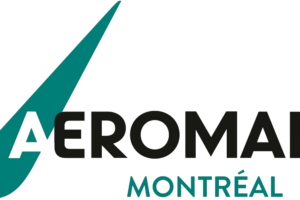





 @EcorIntern
@EcorIntern